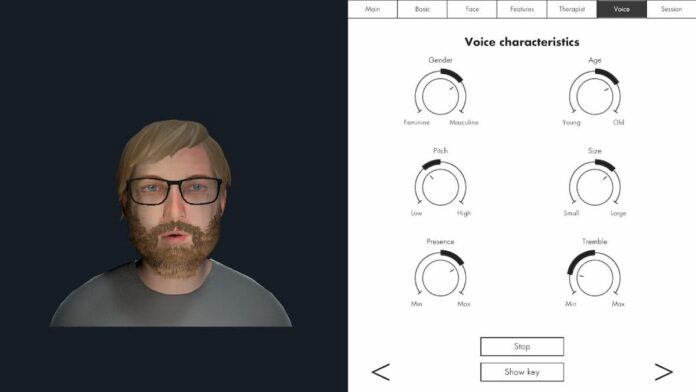Faced with certain situations, subject to the particularities of each person, it is normal to hear voices in the head. However, for people with schizophrenia or other psychotic disorders, this is synonymous with hostile, distressing, and even fatal episodes.
Through recreations through virtual reality avatars, a research project seeks to personify these internal voices, to respond to them and overcome them during therapy sessions.
Virtual reality can enhance therapies for patients with psychotic disorders
From Swinburne University of Technology, Australia, this promising initiative emerged, supervised by Associate Professor Neil Thomas, who assures that this research will help establish a new and powerful treatment for this group of patients.
For these cases, conventional psychological therapy currently uses a method called cognitive behavioral therapy. During trials, the research team aims to test whether the proposed method is superior to the standard.
Swinburne’s proposal consists of avatar software, which uses a voice modulation system and 3D animation software to recreate the auditory and visual characteristics of the dominant “voice” heard by the person. At this stage, the software offers more than 1 million voice permutations and more than 1 billion facial permutations.
To implement this new therapy technique, the software can be administered through various video conferencing platforms used in telemedicine. Its initial deployment corresponds to the first global trial associated with a methodology like this.
“This research truly demonstrates how technology and people working together can make a significant difference in our everyday lives and validates Swinburne’s focus on developing technology solutions to real-world problems.” said Professor Karen Hapgood, deputy vice chancellor for research at Swinburne.
For his part, the leader of the research, Associate Professor Neil Thomas, highlighted the value of the precedent they are setting. “Current pharmacological and therapeutic treatments for these persistent voice-hearing experiences have only modest impact, while this digitally supported approach has produced the largest reductions in hallucination severity to date.”he commented, adding that “These clinical trials are the critical next step in bringing better outcomes to people living with hallucinations in an area where alternative approaches are urgently needed”.
Although this project is headed by the aforementioned Australian university, the team that collaborates in the research comes from various houses of study, such as the University of Melbourne, the University of the Sunshine Coast, Murdoch University, the University of Copenhagen, the University of Manchester and the University of Toronto.
The approach proposed by this research, if established as an effective therapy, could provide additional tools for mental health professionals to help them deal with truly complex situations. This mechanism can generate a way for patients to close their cycles in a better way.













